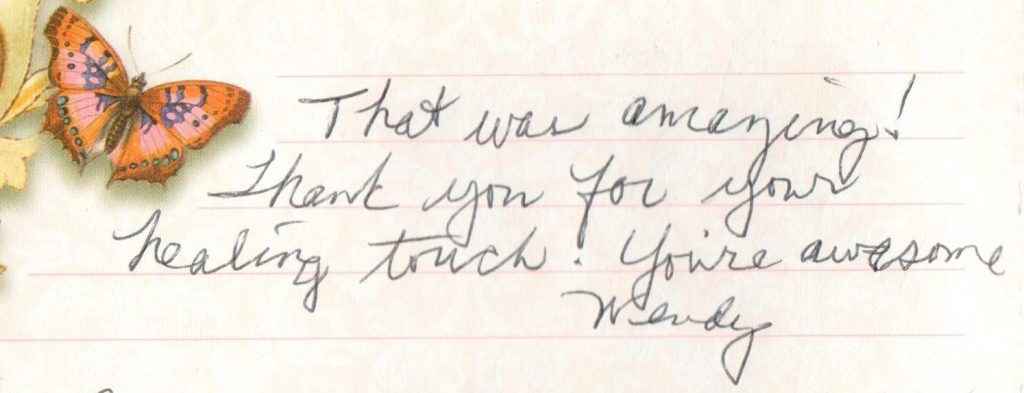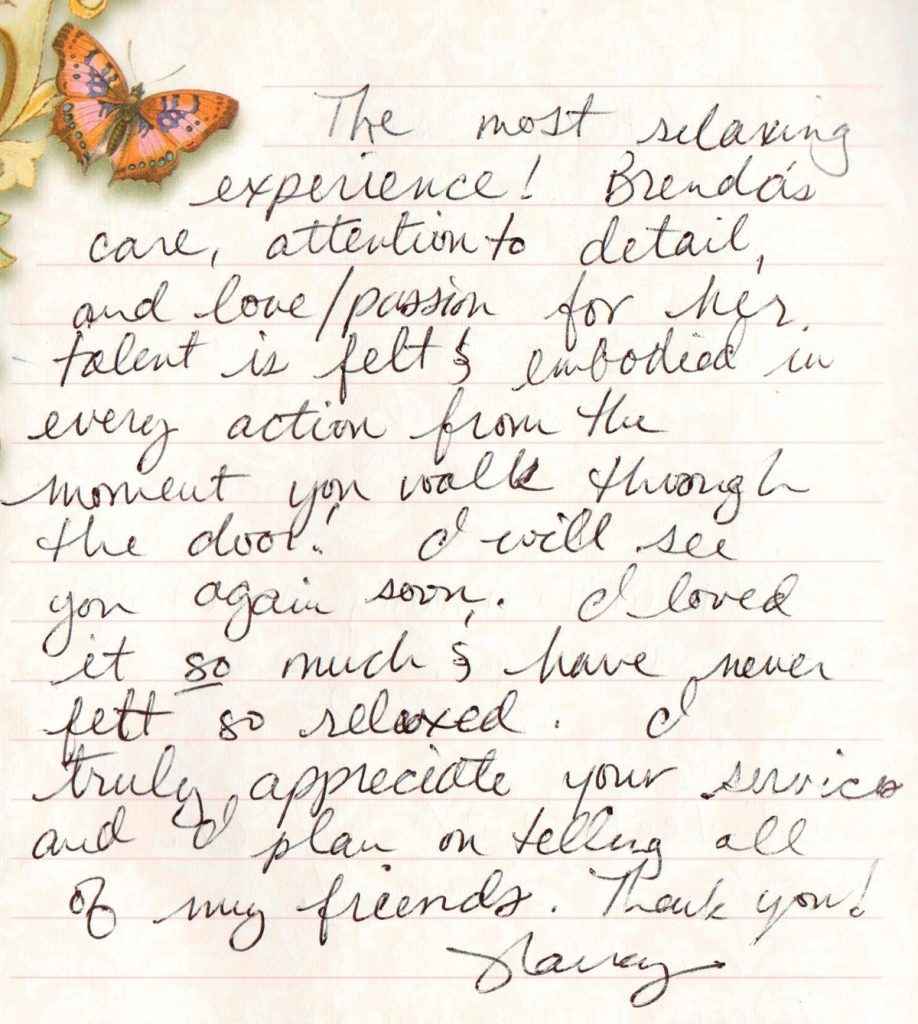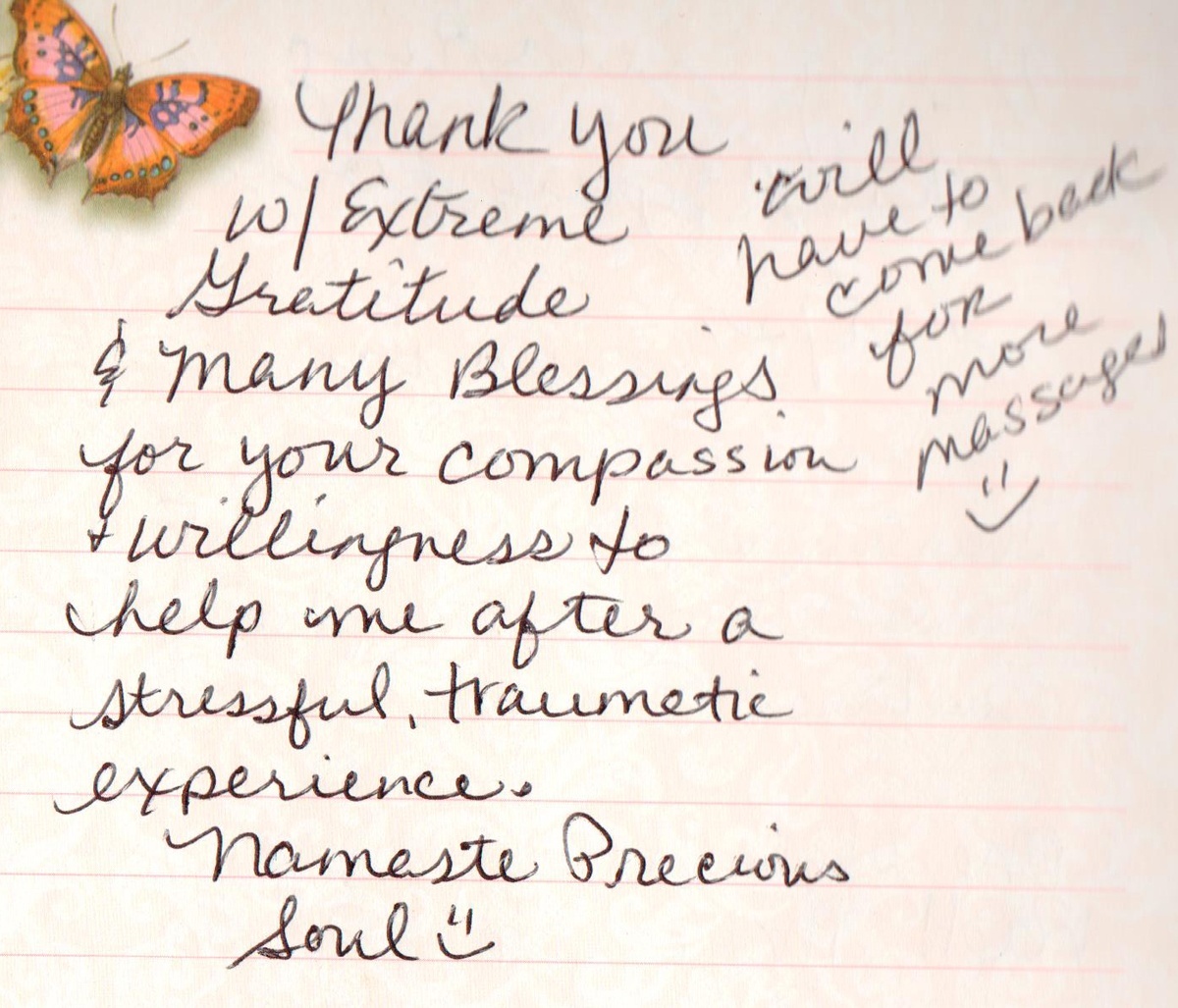One of the first questions I’m often asked is “Do you do Deep Tissue Massage?” What makes this the perceived standard of massage therapy?
Massage in North America has evolved over the past 20 years or so diversifying into recreation and beauty as well as the clinical setting.
I believe the idea of the superior Deep Tissue Massage developed as practitioners sought to differentiate themselves within the rise of salon-style commercial massage aimed at an exploitable public in need of touch and connection. Plus, the business owners encouraged the hierarchy by charging more for this on their menu of services.
A list of technique names confuses the consumer who just wants results, and it’s easier to settle on a general label. The term Deep Tissue is now used widely in marketing and advertising, implying such an approach is THE way to go — but the term is most often misused and misinterpreted
It’s the same as Heavy Pressure, right?
Well……no. The term simply means that any tissue beneath the superficial layers of fat, fascia (connective tissue) and skin is affected. The key point here is: this can be achieved when your body is primed for it…using any technique designed for that purpose.
In massage and manual therapies, force and power are not equal.
Power can be firm, yet gentle and coaxing, encouraging the muscles and nerves to release their grip, connective tissue to soften, fluids to circulate more freely. Support and a keen sense of what the tissues are doing lets you and your body progress at your own speed — and who doesn’t appreciate the power of support?
Force, on the other hand, demands a specific response – whether your body is ready for it or not. If the tissues are not prepared to make the shift that a therapist demands with a particular technique, the body will resist the effort. The heavier the pressure: the greater the resistance.
The session then becomes a battle: a process of resist and demand, in which the ‘winner’ is the one who overpowers the other.
Two main results can occur:
1. If the practitioner ‘wins’, tissue in your body is often damaged, resulting in bruising at the least AND the client is led to believe s/he must endure pain to get to the benefit. Plus, the body rebounds with stronger defenses…but that requires a whole other article.
2. If the client’s body ‘wins’, the practitioner has a short career due to burnout and dissatisfaction AND the client concludes that massage doesn’t work.
The prize is your well-being! Is it being served?
Our bodies are dynamic, responsive organisms that reflect our wounded history and our current, mental and feeling state — along with the symptoms that bring us to the massage table after a marathon, a stressful episode or a car accident. Our bodies are not static lumps of meat to be pounded and tenderized into submission.
Heavy pressure is useful in some cases — but does not necessarily reach the deeper tissues. A sensitive, skilled massage therapist knows:
> when stronger pressure is needed to influence the body’s structures
> when and how to change the technique and approach to the issue for better effect
> when it’s more beneficial to focus on the surface and intermediate layers of the body, making room for deeper structures to shift.
Advertising gurus agree that branding is key to a company’s success, and the brand Deep Tissue has successfully become top-of-mind.
However, like all products, if your massage does not fit your health and wellness goals, it’s not worth investing in.
5 Tips on How to Choose and Work with a Massage Therapist
More important than choosing from a menu of techniques:
- Know what you want to achieve by using the service of a massage therapist.
- Ask the people you know to get a referral.
- If none of your friends has a good massage therapist, do some research online. Search reviews and massage therapy directories.
- Call your list of potential massage therapists and ask all the questions you need answered.
- Remember that your body is a dynamic organism, not a machine. The journey to your wellness goals might not be as simple and swift as you wish… but impatiently rushing it with force is an exercise in futility.













0 Comments